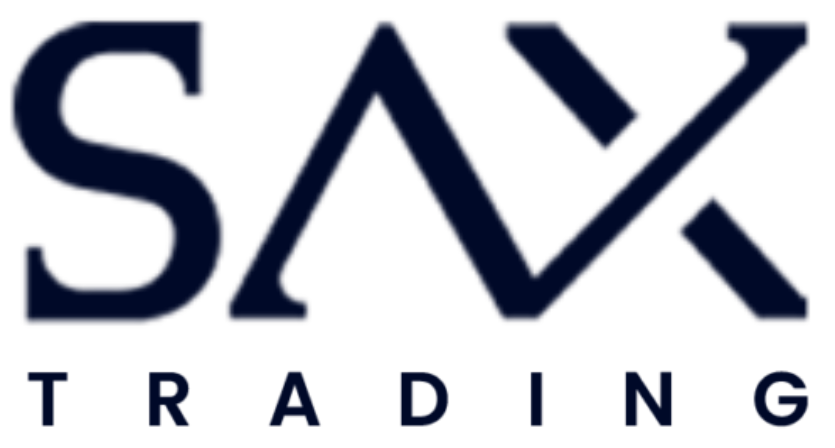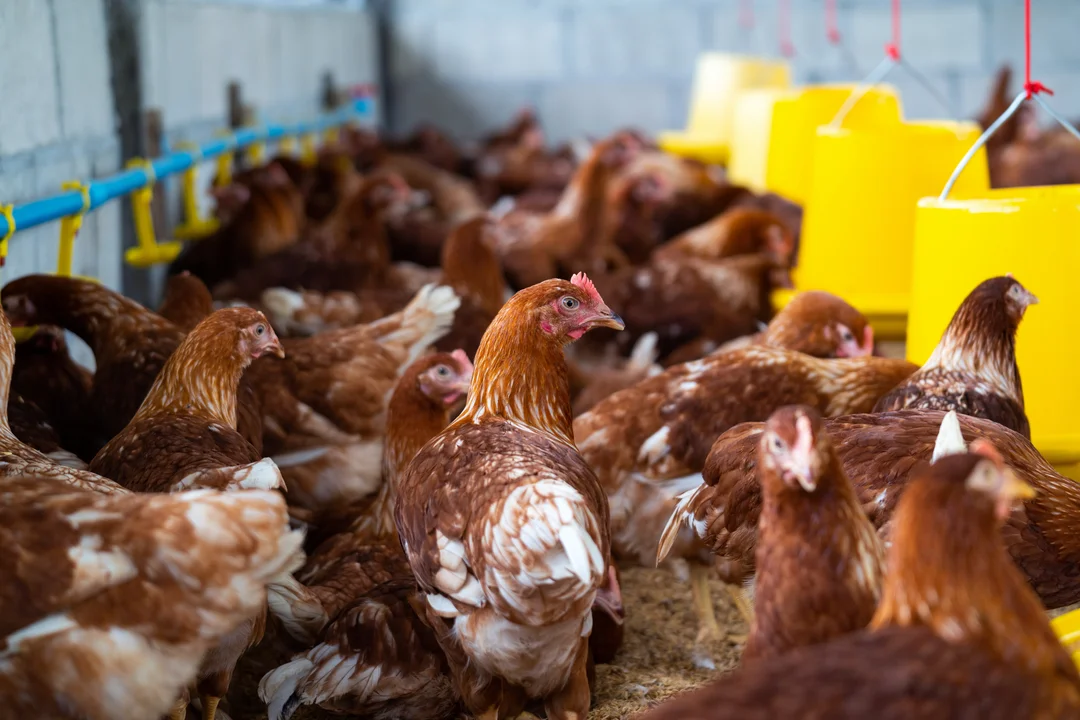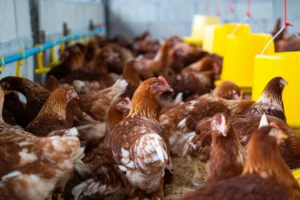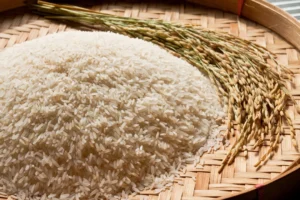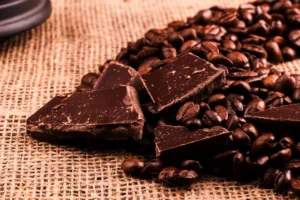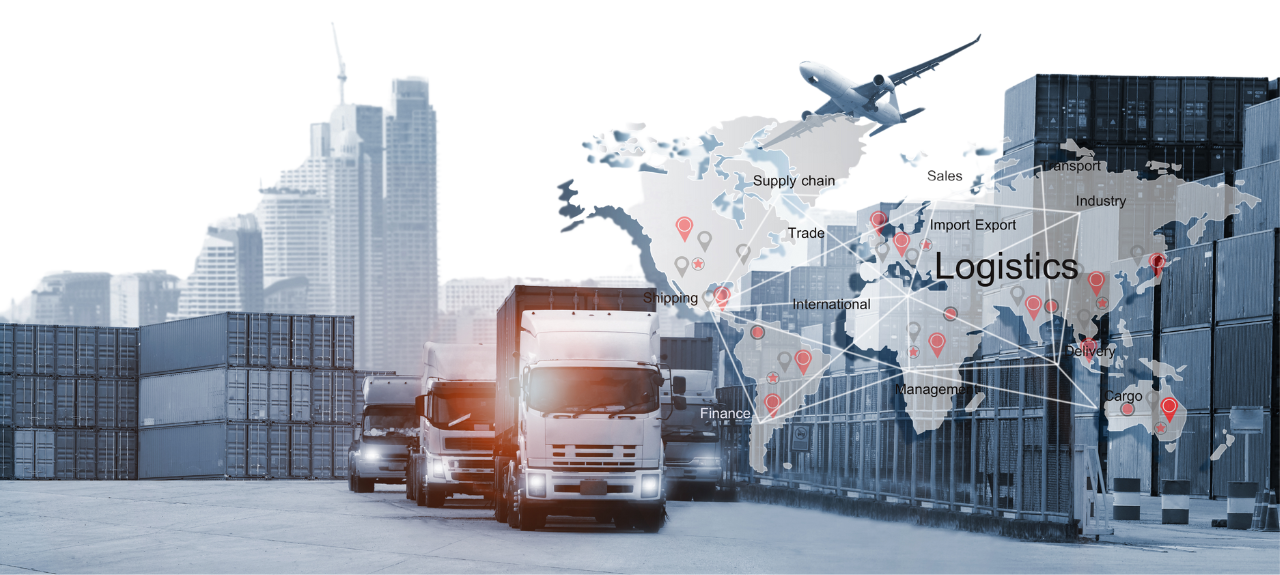The global poultry industry presents a fascinating case study in resilience amid the turbulent economic landscape of 2025. While numerous agricultural sectors struggle with supply chain disruptions, inflationary pressures, and geopolitical tensions, the poultry market has demonstrated remarkable strength and adaptability. Industry data reveals that global poultry production is on track to achieve a new record in 2025, with an estimated growth of 3.2% compared to the previous year. This expansion comes despite—or perhaps partially because of—a complex web of international challenges that have reshaped traditional trade patterns and consumer preferences. The poultry sector’s ability to navigate these obstacles offers valuable insights into how agricultural industries can thrive even in uncertain times.
This resilience is particularly noteworthy given the significant headwinds facing global agriculture. Ongoing conflicts in multiple regions have disrupted grain supplies, driving up feed costs that typically represent 60-70% of poultry production expenses. Meanwhile, avian influenza continues to pose a persistent threat, with outbreaks in 2024-2025 affecting production in parts of Europe, Asia, and North America. Trade restrictions implemented in response to these outbreaks have further complicated international poultry commerce. Yet despite these challenges, the industry has maintained growth through a combination of technological innovation, market diversification, and strategic adaptation to changing consumer demands.
The paradoxical success of the poultry sector amid these challenges can be attributed to several interconnected factors. First, poultry’s relatively favorable feed conversion ratio compared to other animal proteins has positioned it advantageously during periods of high grain prices. Second, shifting consumer preferences toward more affordable protein sources during economic uncertainty has bolstered demand. Third, the industry’s comparatively short production cycle allows for more rapid adaptation to market signals than other livestock sectors. These inherent advantages, combined with strategic investments in production efficiency and disease management, have enabled the global poultry industry to not merely survive but thrive in a challenging global environment.
Shifting Trade Patterns and Regional Dynamics
The geopolitical landscape of 2025 has fundamentally altered traditional poultry trade flows, creating both challenges and opportunities for market participants. Brazil, already the world’s largest poultry exporter, has further consolidated its dominant position, increasing shipments by approximately 7% in the first half of 2025 compared to the same period last year. This growth has been particularly pronounced in Middle Eastern and African markets, where Brazilian exporters have capitalized on supply gaps created by trade disruptions elsewhere. The Brazilian poultry industry’s integrated production model, combined with the country’s abundant grain production and relatively stable political environment, has provided a competitive advantage in this volatile market landscape.
Meanwhile, the United States poultry sector has faced a more complex situation. While domestic consumption remains robust, export performance has been mixed due to ongoing trade tensions with key partners and periodic avian influenza-related restrictions. U.S. producers have responded by pivoting toward higher-value processed products for domestic markets and diversifying export destinations to reduce reliance on traditional buyers. This strategic shift has helped maintain overall industry profitability despite challenges in specific export channels. Industry analysts note that U.S. poultry companies have increased investments in automation and processing technology by approximately 18% compared to 2023 levels, seeking to offset higher labor costs and improve production efficiency.
In Asia, China’s poultry sector continues its rapid modernization and expansion, with production projected to increase by 4.5% in 2025. This growth is driven by both domestic consumption trends and government policies encouraging protein self-sufficiency. Chinese consumers, particularly in urban areas, are increasingly choosing poultry as an affordable and versatile protein option amid economic pressures and evolving dietary preferences. The country’s large-scale producers have invested heavily in biosecurity measures and production technology, gradually shifting away from traditional small-scale farming toward more integrated operations that can better manage disease risks and quality control.
Avian Influenza: Persistent Challenge, Evolving Responses
The ongoing threat of highly pathogenic avian influenza (HPAI) remains perhaps the most significant biological challenge facing the global poultry industry in 2025. The past year has seen outbreaks across multiple continents, with particularly significant impacts in parts of Europe and North America. These outbreaks have resulted in the culling of millions of birds and triggered trade restrictions that continue to reshape market access for affected regions. The economic impact extends beyond direct production losses to include market disruptions, increased compliance costs, and consumer confidence challenges in some regions.
However, the industry’s response to this persistent threat has evolved significantly. Enhanced biosecurity protocols have become standard practice across major producing regions, with investments in monitoring systems, controlled-environment housing, and worker training programs. Vaccination strategies, while still controversial in some markets due to trade implications, have gained wider acceptance as part of integrated disease management approaches. The European Union’s decision in late 2024 to permit targeted vaccination programs in high-risk regions represents a significant policy shift that may influence approaches in other markets as the disease becomes endemic in wild bird populations.
Technology is playing an increasingly important role in avian influenza management. Advanced surveillance systems utilizing AI-powered analysis of production data can now detect subtle changes in flock behavior and performance that may indicate early-stage infection, allowing for more rapid intervention. Similarly, genomic testing capabilities have improved dramatically, enabling faster identification of virus strains and more targeted response measures. These technological advances, while not eliminating the HPAI threat, have improved the industry’s ability to contain outbreaks and minimize their economic impact.
Consumer Trends and Market Adaptation
The economic uncertainties of 2025 have significantly influenced consumer behavior in protein markets, generally benefiting the poultry sector. With inflation continuing to pressure household budgets in many regions, consumers have increasingly shifted toward more affordable protein options. Market research indicates that retail poultry sales have increased by approximately 3.8% globally in volume terms, even as overall meat consumption has remained relatively flat. This trend is particularly pronounced in middle-income markets across Latin America, Southeast Asia, and parts of Africa, where poultry is increasingly displacing more expensive protein alternatives.
Beyond price considerations, evolving consumer preferences regarding health, sustainability, and convenience continue to shape product development in the poultry sector. The ready-to-eat and value-added segments have shown particularly strong growth, with sales of marinated, pre-cooked, and portion-controlled products increasing by 6.2% globally compared to 2024. This shift reflects both changing household structures—with more single-person households and dual-income families seeking convenient meal solutions—and the industry’s strategic emphasis on higher-margin processed products that can better absorb increased production costs.
Sustainability considerations are similarly influencing both production practices and marketing strategies across the poultry value chain. Major producers and retailers have announced expanded commitments to environmental metrics, animal welfare standards, and supply chain transparency in response to growing consumer interest in these attributes. While price remains the primary purchase driver in most markets, research indicates that sustainability credentials are increasingly influencing consumer choices, particularly in premium market segments and developed economies.
Technology and Innovation Driving Efficiency
Technological innovation has emerged as a critical factor enabling the poultry industry’s resilience amid multiple challenges. Precision nutrition systems, which optimize feed formulations based on real-time data about flock performance and ingredient availability, have helped producers partially mitigate the impact of high and volatile grain prices. These systems, increasingly incorporating artificial intelligence to continuously refine formulations, can reduce overall feed costs by 3-5% while maintaining or improving growth performance and meat quality.
Automation continues to transform poultry processing operations, addressing both labor availability challenges and food safety considerations. The latest generation of processing equipment incorporates advanced imaging systems, robotics, and data analytics to improve yield, reduce contamination risks, and enhance product consistency. Major processors report that investments in automation have reduced labor requirements by up to 30% for specific processing steps while simultaneously improving product quality metrics. These efficiency gains have been crucial in maintaining profitability despite inflationary pressures throughout the supply chain.
Genetic advances represent another important innovation area, with breeding companies developing bird strains that offer improved feed efficiency, disease resistance, and adaptability to varying environmental conditions. The application of genomic selection techniques has accelerated genetic progress, allowing more rapid development of birds optimized for specific production systems and market requirements. These genetic improvements, while incremental on an annual basis, compound over time to significantly enhance overall industry productivity and resilience.
Sustainability Challenges and Opportunities
As the poultry sector continues expanding to meet growing global demand, sustainability considerations are becoming increasingly central to industry strategy. Environmental impacts—including greenhouse gas emissions, water usage, and waste management—face growing scrutiny from consumers, regulators, and investors alike. Leading producers have responded with comprehensive sustainability initiatives encompassing everything from renewable energy investments to improved manure management systems and packaging redesigns.
The industry’s relatively favorable environmental footprint compared to other animal proteins provides a competitive advantage in this context. Life cycle assessments consistently show that poultry production generates lower greenhouse gas emissions and requires less land and water per unit of protein than beef or pork production. This comparative advantage has become an increasingly important marketing point as sustainability considerations influence purchasing decisions across both retail and foodservice channels.
However, challenges remain, particularly regarding feed sourcing and its associated environmental impacts. The industry’s heavy reliance on corn and soybean meal links poultry production to broader concerns about agricultural land use, deforestation, and biodiversity loss. In response, major producers and industry associations have expanded participation in responsible sourcing initiatives and explored alternative protein sources for feed formulations. These efforts, while still evolving, reflect recognition that long-term industry success requires addressing sustainability concerns throughout the entire value chain.
Regional Spotlight: Emerging Market Growth
While established markets in North America and Europe maintain significant roles in global poultry production and trade, much of the industry’s growth is concentrated in emerging economies. Southeast Asia represents a particularly dynamic region, with Vietnam, Indonesia, and the Philippines all experiencing poultry consumption growth rates exceeding 5% annually. This expansion reflects rising incomes, urbanization, and the gradual formalization of protein distribution channels through modern retail formats.
Africa similarly presents substantial growth opportunities, with Nigeria, Ghana, and Kenya among the markets experiencing rapid expansion in both production and consumption. The continent’s poultry sector remains predominantly characterized by smaller-scale operations, but investment in more integrated production models is accelerating, supported by both domestic and international capital. These investments are gradually addressing efficiency and food safety challenges that have historically limited the sector’s development in many African markets.
In both regions, the industry’s growth is increasingly supported by knowledge transfer and technology adoption from more established markets. Equipment manufacturers, genetics companies, and feed producers have expanded their presence in these emerging markets, bringing production expertise and technologies that can be adapted to local conditions. This knowledge transfer, combined with increasing domestic investment, is gradually narrowing productivity gaps with more established producing regions.
Outlook and Strategic Considerations
Looking ahead, the global poultry industry appears well-positioned to maintain its growth trajectory despite ongoing challenges. Rabobank’s latest sector forecast projects continued expansion through 2025 and into 2026, though with significant regional variations in growth rates and profitability. The industry’s fundamental advantages—including production efficiency, affordability, and versatility—align well with prevailing economic conditions and consumer trends in many markets.
However, several factors will likely influence performance in the coming months. Feed costs remain a critical variable, with much depending on harvest outcomes in major grain-producing regions and broader commodity market dynamics. Disease management, particularly regarding avian influenza, will continue requiring vigilant monitoring and adaptive response strategies. Trade policy developments, including both sanitary restrictions and broader geopolitical tensions, may further reshape market access and competitive positioning for major exporters.
For industry participants throughout the value chain, these conditions underscore the importance of flexibility, diversification, and forward-looking risk management strategies. Companies that can effectively balance short-term market responsiveness with longer-term investments in efficiency, sustainability, and product innovation will be best positioned to thrive in this dynamic environment.
Navigating Poultry Market Opportunities with Expert Partners
Despite the complexities and challenges facing global poultry markets in 2025, significant opportunities exist for well-informed market participants with the right strategic partnerships. Sax Trading has established itself as a trusted partner in the international poultry trade, leveraging deep market knowledge and extensive relationships throughout the value chain to provide reliable sourcing and distribution solutions even in volatile market conditions.
Whether you’re a food manufacturer seeking consistent supply of high-quality poultry products, a distributor serving specialized market segments, or a retailer developing private label offerings, today’s complex market environment demands expert guidance and reliable supply partnerships. Sax Trading’s team understands the nuanced quality requirements, regulatory considerations, and logistical challenges specific to international poultry trade.
Contact Sax Trading today for a free consultation and discover how our expertise in global poultry markets can help your business capitalize on opportunities while effectively managing risks. Our specialists will analyze your specific requirements and develop customized solutions that ensure reliable supply, competitive pricing, and full compliance with relevant quality and regulatory standards.
